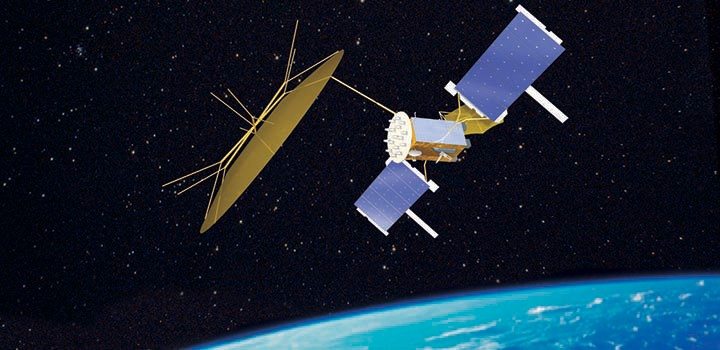Japan launched a new spy satellite into orbit Friday, officials said, in its latest effort to beef up surveillance against the threat of North Korean missiles.
The Japanese H-2A rocket carrying a new information-gathering optical satellite lifted off at 1:36 pm (0436 GMT) from the Tanegashima Space Center in southwestern Japan.
“The rocket was launched successfully and the satellite was separated into an orbit around the earth later,” Naoki Takarada, an official of the Japan Aerospace Exploration Agency (JAXA), said by telephone from Tanegashima.
The new satellite, equipped with optical sensors, can distinguish objects on the ground with a resolution of some 60 centimetres (24 inches) from an altitude of around 500 kilometres (310 miles), according to media reports.
The government decided to build an intelligence-gathering system following North Korea’s missile launch in 1998 into the Pacific over the Japanese archipelago.
In defiance of international pressure, North Korea launched again what was believed to be a three-stage Taepodong-2 missile in April 2009, with an estimated range of 6,700 kilometres (4,100 miles).
Japan’s new satellite was the seventh to be placed into orbit since 2003 under the programme.
Of the previously launched four optical and two radar satellites, only three optical ones are still operating. The latest satellite will replace one of them which has passed its expected life of five years.
Optical satellites can capture images in daylight and in clear weather.
In the next two years, Japan plans to launch two radar satellites, which can capture images at night and in cloudy weather.
For security reasons, the government has refused to divulge details about the functions of these satellites.
The development cost of the latest satellite has reached 36 billion yen ($470 million) with its launch expenses amounting to 10 billion yen, according to the government.
The rocket had been initially scheduled to be sent into orbit on August 28.
But the state-run JAXA and Mitsubishi Heavy Industries had to postpone the launch three times due to poor weather conditions with the approach of a powerful typhoon and the discovery of a system glitch.










